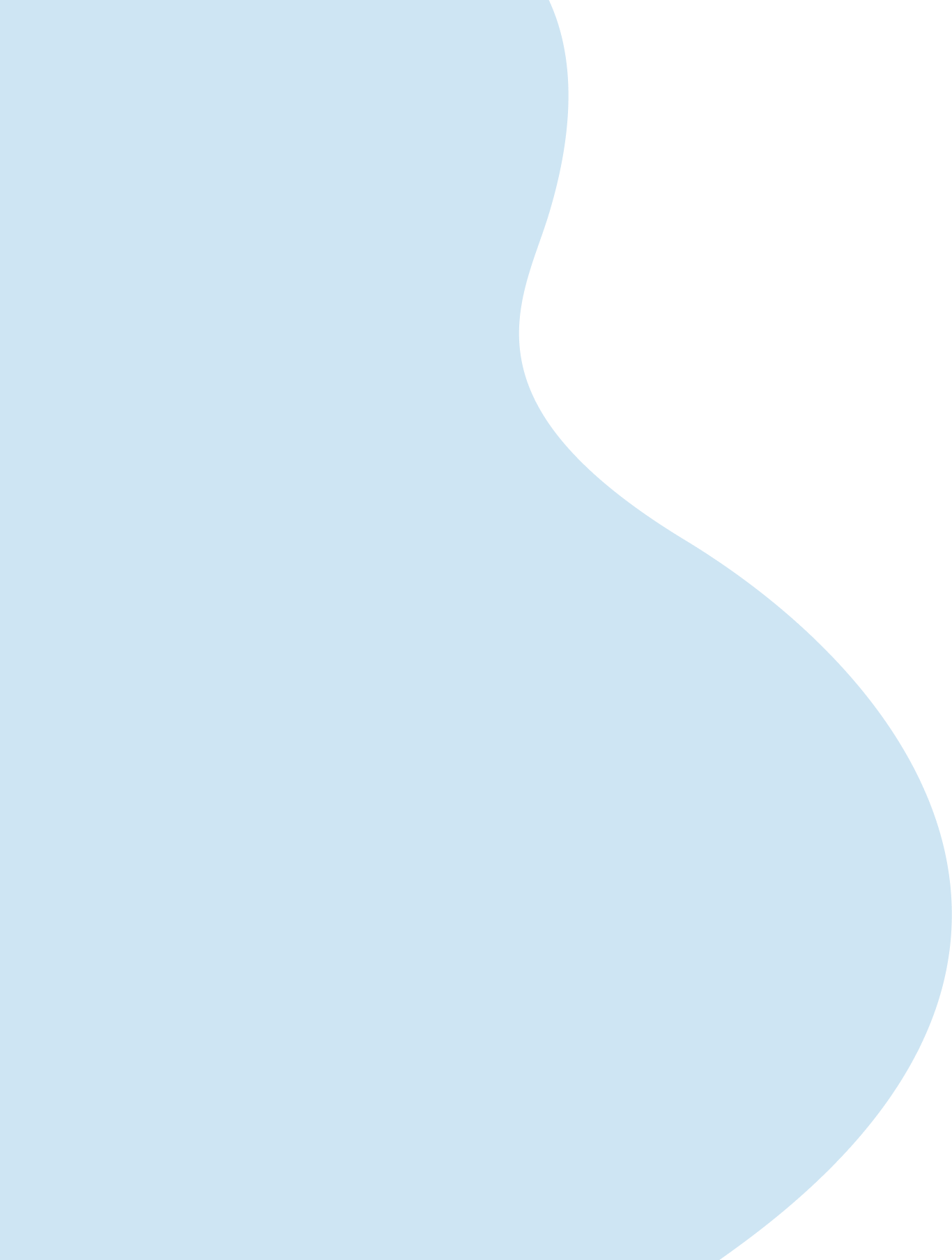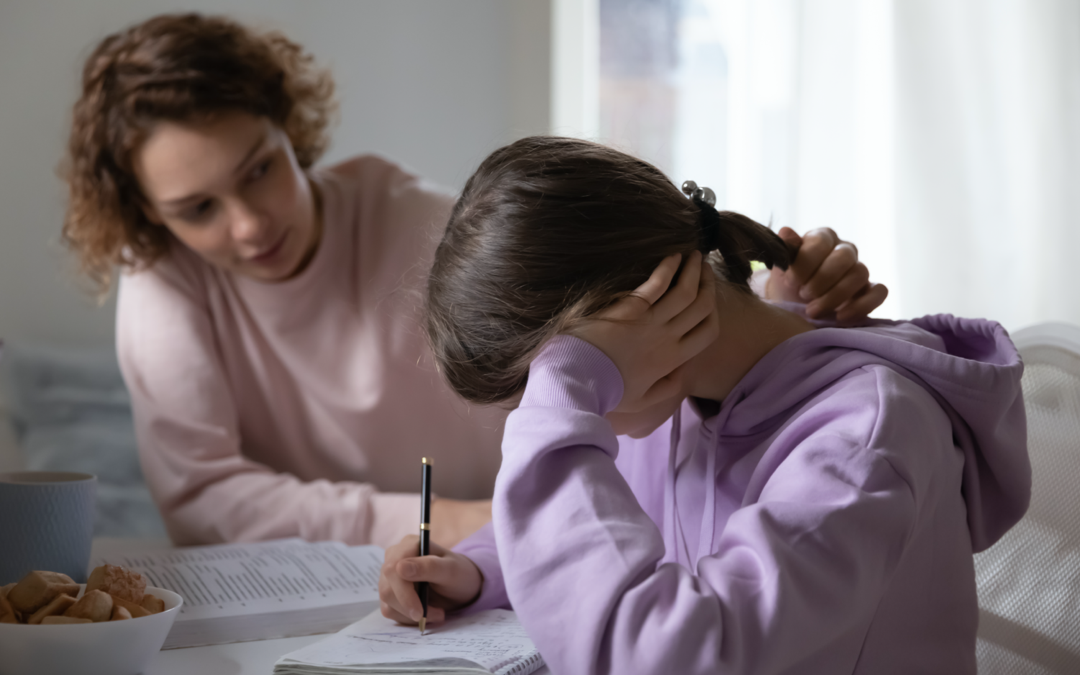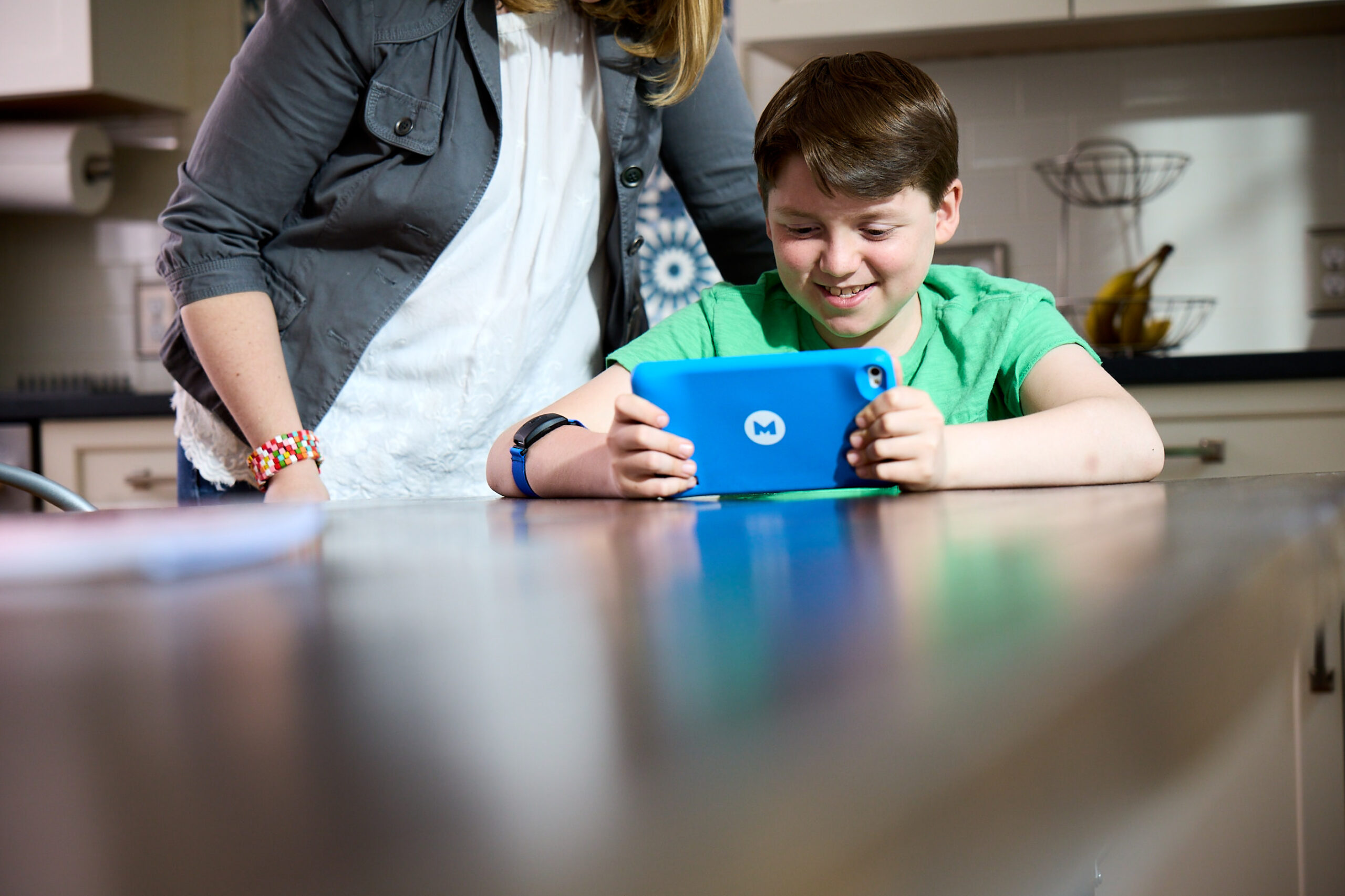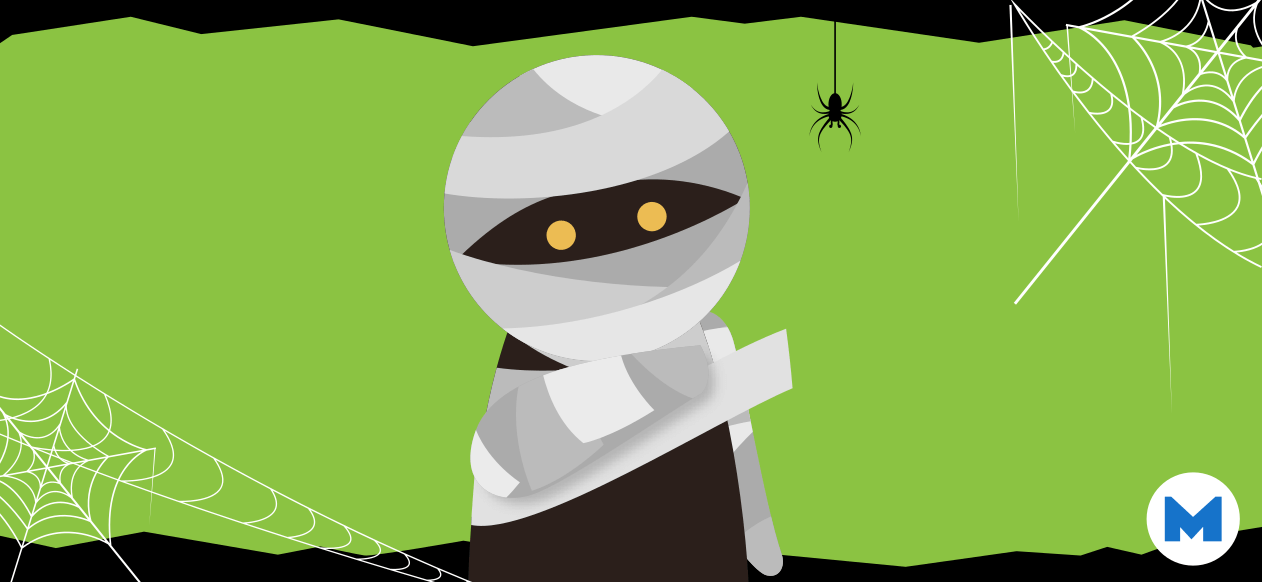Anger is protective. When vulnerable emotions exist below the surface, anger is a strong, defensive way to keep those things hidden. It’s our brain’s instinctual way of protecting us from feeling hurt by a friend, embarrassed when we make a mistake, or guilty when we’ve wronged someone.
“When he felt angry or frustrated he would cling to those negative emotions and get caught in a vicious, escalating cycle. No amount of modeling calm or positive coping techniques seemed to work, and my own ability to remain calm in the face of frustration was being sorely tested.” – A Mightier mom
Anger is a normal, necessary emotion. We all feel angry at times. For kids who feel angry often or who have strong reactions to their anger though, it’s important to help them explore their emotions and practice calming techniques. No one wants to feel out of control. Use these playful anger management activities to help your child feel more in control of their emotions and behaviors.
1. Anger Charades
Before kids can begin to express their angry feelings in a healthy way, they have to understand what anger looks and feels like. This simple activity helps illuminate specific behaviors that accompany anger.
Make 3 columns on a piece of paper. Label them “looks like,” “feels like,” and “sounds like.” Discuss anger in relation to each. For example, anger may look like scrunched eyebrows, feel hot, and sound like shouting. Have fun with the conversation by acting out the different behaviors you come up with! You can turn this activity into a game of charades by having your child guess what behavior you are acting out and vice versa. Deepen your child’s emotional awareness even further by acting out scenarios that trigger angry feelings. Let your kid know that sometimes you have a hard time too. Acknowledging that it’s O.K. to have feelings of anger is powerful. Be sure to share that there are healthy and unhealthy ways to express anger through discussion or role-playing in the game.
2. Draw a Picture
Reinforce the mind-body connection by having your child draw a picture of where they feel angry in their body. Have kids start by drawing an outline of their body and then color areas where they experience anger. Allow kids to flex their creative muscles with this activity and describe their drawing to you. Kids commonly identify their mouth, head, hands, and feet as places where anger shows up.
As kids begin to explore the physicality of their emotions, help them tune into signals their body sends when they are getting worked up. Noticing signals can cue kids to use one of their coping skills and cool down before anger takes over. This activity is also a wonderful way for parents to better understand their child’s anger and how they are thinking about it. Use our Body Map activity to get started!
3. Emotional Thermometer
Emotions aren’t good or bad, they are just something everyone has. Even anger, which can sometimes seem more negative, is a normal and helpful emotion. So instead of avoiding anger, teach your kids to acknowledge it and work with it. An emotional thermometer can be a great visual representation of emotional levels and aid your child in expressing where they are at on the scale in a moment of frustration. Remember, before you can tame it, you have to name it. Emotional thermometers can help all children become more self-aware and express themselves, which leads to problem-solving. Because a verbal response isn’t needed to use this tool, they are very useful to children with limited language skills or who prefer visuals to learn. There are a number of free printable emotional thermometers on the web. Have your child create their own or pick one they like, or use our Mightier Gizmo worksheet!
4. Create a Calm Down Space
Partner with your child to create a safe area for them to escape to when they need a break. Having a chill zone or calm down area is a positive way for kids to get their needs met. Teachers and parents are quickly beginning to catch on to this meaningful activity. Chill zones can set a wonderful tone of care and support in the classroom and at home. Many times, calm down areas will incorporate soothing items and visuals, such as stress balls, glitter jars, and plush stuffed animals. Kids can go to the calm down space to re-center and cool off. The calm down area can also be used for reflection and is a nice alternative to traditional “time-out.” Some chill out zones even have visual references of anger management strategies and coping strategies, such as deep breathing. Allow your child to choose things that help them to feel calm to put in their space.
5. Breathing Activities
One of the best and simplest anger management skills kids can learn is how to use their breath to calm down. Deep breaths help your mind and body shift gears when you’re in a heightened state. By slowing down your breath and heart rate, you allow your mind to think more clearly and coherently. Focusing on the breath can also draw your attention away from something upsetting. There are numerous breathing activities for your child to choose from! Belly breathing, bear hug breaths, and figure 8 breathing are just a few ideas. Make this activity more interesting by incorporating bubbles, feathers, or a stuffed animal. Kids can practice slowly blowing bubbles or blowing on a feather. They can also lie on their back and place a stuffed animal on their belly, helping the toy rise and fall with their slow belly breaths. Calming strategies that can be done any time any place, such as taking deep mindful breaths, are an ideal regulation skill and anger management tool. Don’t worry if your child struggles with deep breathing the first few times, the more they practice, the better they will get.
6. Externalizing and Expressing Anger through Puppets and Stories
For some kids, talking about anger can cause feelings of shame or discomfort to arise. Sometimes, the most effective way for kids to learn how to manage anger is by externalizing it. The idea is: anger is something they are experiencing, it’s not who they are. Working through anger can be very challenging if kids think there is something wrong with them or think that they are the problem. Instead, give anger a name, like the anger monster. You can use puppets or drawings to represent the anger monster. Talking about anger in this way can be very helpful and alleviate some pressure to talk about one’s own anger. Another way to externalize anger is to read a story about a character who is struggling with anger. You and your child can discuss the character’s experience of anger, anger triggers, and what might help. If your child struggles with self-esteem, this type of activity may be the right fit!
7. Anger Worksheets for Kids
Finally, there are a plethora of kid’s anger worksheets on the web. Worksheets can help kids hone their anger management strategies and demonstrate what they know. Therapistsaid.com has quite a few freebies on anger in kids. Worksheetplace.com also has several free anger management worksheets to support kids and teens. The worksheets can be downloaded and printed to use with your child.
Note from Mightier Clinicians
Helping kids understand their emotions is the first step in effectively navigating more challenging experiences, such as anger. This takes practice! No marathon runner built the stamina for 26 miles overnight. And just like physical health, you have to intentionally nurture your mental health.

















